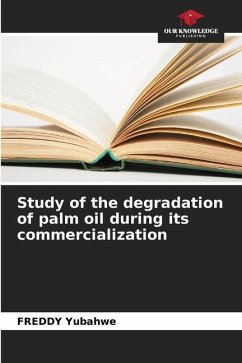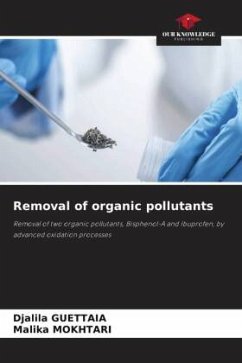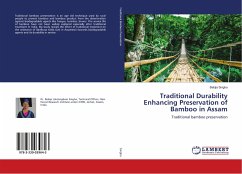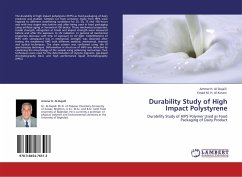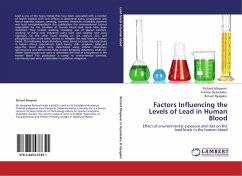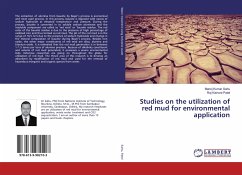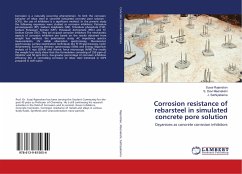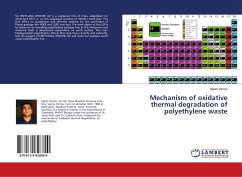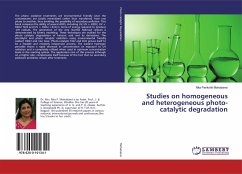
DEGRADATION PROCESSES AND DURABILITY FACTORS FOR CONCRETE
DEGRADATION PROCESSES AND STRUCTURAL-TECHNOLOGICAL FACTORS FOR THE DURABILITY OF CEMENT CONCRETE
Versandkostenfrei!
Versandfertig in 6-10 Tagen
45,99 €
inkl. MwSt.

PAYBACK Punkte
23 °P sammeln!
The influence of pozzolanic additive, mainly in the form of microsilica, on the properties of concrete and other cement composites has been investigated in the monograph. A number of factors have been established and systematized, which condition the positive effect of microsilica additive on cement composites. Causes of softening and destruction of concretes under conditions of long-term hardening have been investigated. A mathematical apparatus for calculating volume changes during hardening (including systems subject to sulfate corrosion) of the binder, taking into account real hardening co...
The influence of pozzolanic additive, mainly in the form of microsilica, on the properties of concrete and other cement composites has been investigated in the monograph. A number of factors have been established and systematized, which condition the positive effect of microsilica additive on cement composites. Causes of softening and destruction of concretes under conditions of long-term hardening have been investigated. A mathematical apparatus for calculating volume changes during hardening (including systems subject to sulfate corrosion) of the binder, taking into account real hardening conditions, was developed on the basis of using hardening data of binder samples. Practical recommendations for optimization of dispersion and particle size distribution of the used binders to ensure durability and serviceability of cement concrete during the whole standard service life are given. The author is very grateful to his supervisor Vadim V. Babkov for his help in the research.



